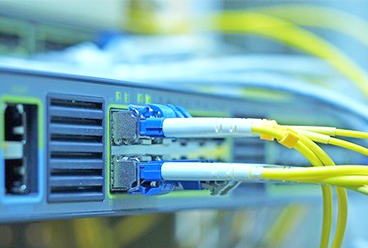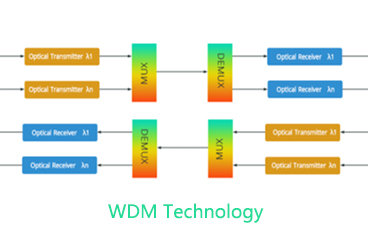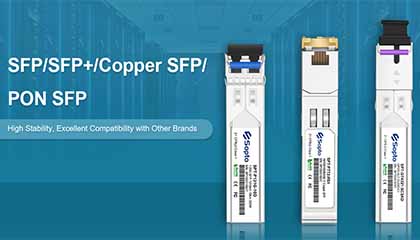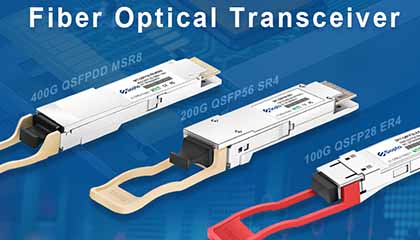Fiber closures, also known as fiber optic splice closures, are protective enclosures designed to house fiber optic splices, splits, and terminations in a safe, organized, and environmentally protected manner. These closures play a vital role in ensuring the reliability and durability of fiber optic systems, especially in outdoor or harsh environments where fiber optic cables need to be safely stored and protected.
Types of Fiber Closures
Vertical Fiber Closure
Design: Vertical fiber closures have a vertical orientation that is typically used in locations where space is limited or where there is a need to stack closures. They are commonly used in street-side installations or where multiple fiber optic cables need to be housed.
Features: These closures can accommodate a variety of fiber splicing configurations, including cable entry and exit ports for easy management of the fibers.
Applications: Ideal for urban or densely populated areas where high-capacity fiber optic networks require organization and protection.
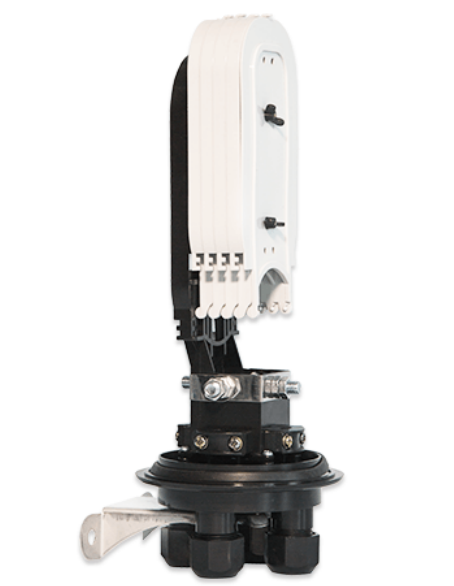
Horizontal Fiber Closure
Design: Horizontal closures are designed for installations where fiber cables are laid out horizontally. This type of closure often features multiple trays for splicing fibers and can handle a higher density of cables and fibers compared to vertical closures.
Features: Typically designed for larger, more complex fiber optic networks, horizontal closures are used where extensive cable routing and protection are required.
Applications: Commonly used in industrial environments, large data centers, and long-distance fiber optic networks.
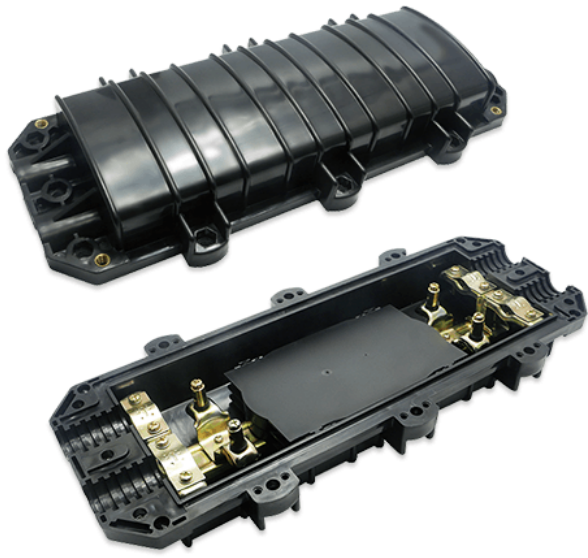
Splitter Fiber Closure
Design: Splitter fiber closures are specifically designed to house optical splitters that divide the signal across multiple fibers. These closures protect the splitters from environmental damage while providing space for the optical fiber splices.
Features: Includes multiple ports for feeder cables and drop cables, along with provisions for inserting and managing optical splitters.
Applications: Widely used in FTTH (Fiber to the Home) and FTTx (Fiber to the x) applications where the signal needs to be split and distributed to multiple subscribers or endpoints.
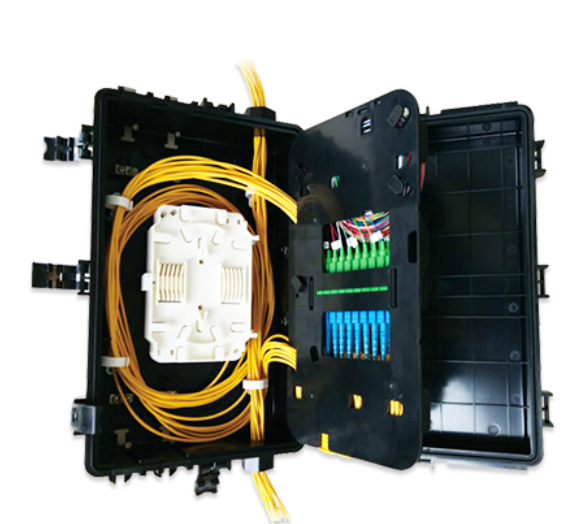
Applications of Fiber Closures
Fiber closures are used in various scenarios where fiber optic networks need protection from environmental elements like moisture, dust, and temperature fluctuations. Key applications include:
Outdoor Fiber Optic Networks: Whether in urban, rural, or remote locations, fiber closures protect fiber optic cables and splices from exposure to weather, ensuring long-term reliability.
Fiber to the Home (FTTH) Networks: In FTTH installations, splitter closures are used to house the optical splitters that distribute the signal to multiple homes or buildings.
Telecommunication and Broadband Networks: Ensuring that fiber optic splices and connections remain secure and organized in both underground and aerial installations.
Data Centers and Central Offices: Providing secure and protected environments for fiber optic terminations and splicing within large-scale data infrastructure.
Installation Steps for Fiber Closures
Installing a fiber closure is a critical task that requires careful handling to ensure the proper protection of fiber splices and components. Here’s a general step-by-step guide.
Prepare the Site
Select an appropriate location for installation (indoor, outdoor, or underground).
Ensure that the area is clean and free of debris. For outdoor installations, make sure the location is safe from environmental hazards.
Prepare the Fiber Cables
Carefully strip the fiber optic cables and clean the fiber ends to prepare for splicing.
If using a splitter fiber closure, ensure the splitters are compatible with the network design and properly prepared for insertion.
Install the Fiber Closure Base
Position the base of the closure where it will be mounted or placed, ensuring it is stable and secure.
Mount the closure vertically or horizontally depending on the type you are installing.
Insert the Fiber Cables
Feed the fiber cables into the closure through the designated cable entry ports.
If necessary, use sealing kits to protect against environmental elements.
Splice and Organize the Fibers
Use splice trays to neatly organize and secure the fibers. Ensure that the fibers are properly spliced and tested for signal integrity.
For splitter closures, insert the optical splitters into the dedicated spaces, ensuring proper alignment and secure connections.
Seal and Close the Closure
Once the fibers are spliced and the components are organized, close the fiber closure. Use sealing gaskets and screws to ensure a tight, water-resistant seal.
Test the closure to ensure there are no loose fibers or connections.
Final Check
Verify the integrity of all fiber connections and ensure the closure is securely mounted and sealed.
Perform any necessary final inspections to ensure that the system meets operational standards.
Fiber closures are indispensable for protecting and managing fiber optic cables, ensuring that fiber optic networks remain secure and operational over the long term. With the right installation, these closures provide both physical and environmental protection, helping to extend the lifespan and efficiency of fiber optic systems.
Sopto Technology specializes in fiber optic product manufacturing and fiber access solutions. If you are interested in any fiber optic products, feel free to contact us. Email: [email protected]
Whatsapp: https://wa.me/+8618688759008/
Tags : Fiber Closure, FTTH, fiber optic cable
— END —




